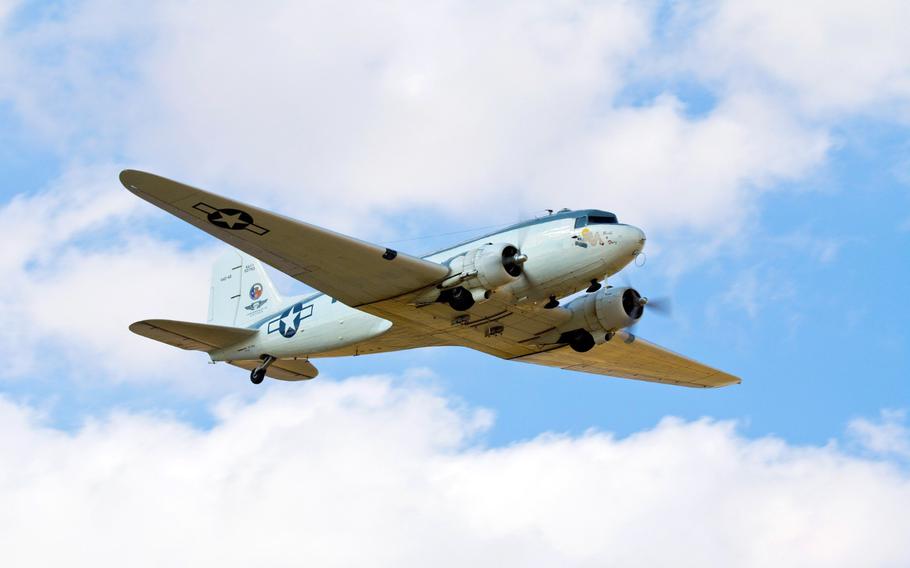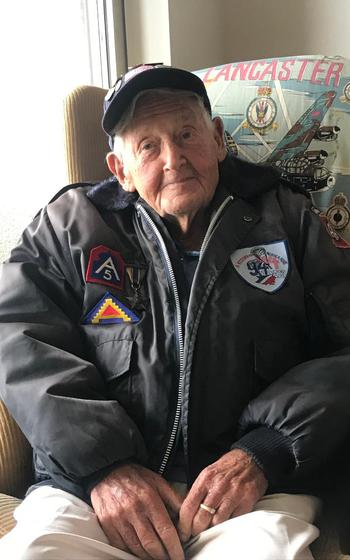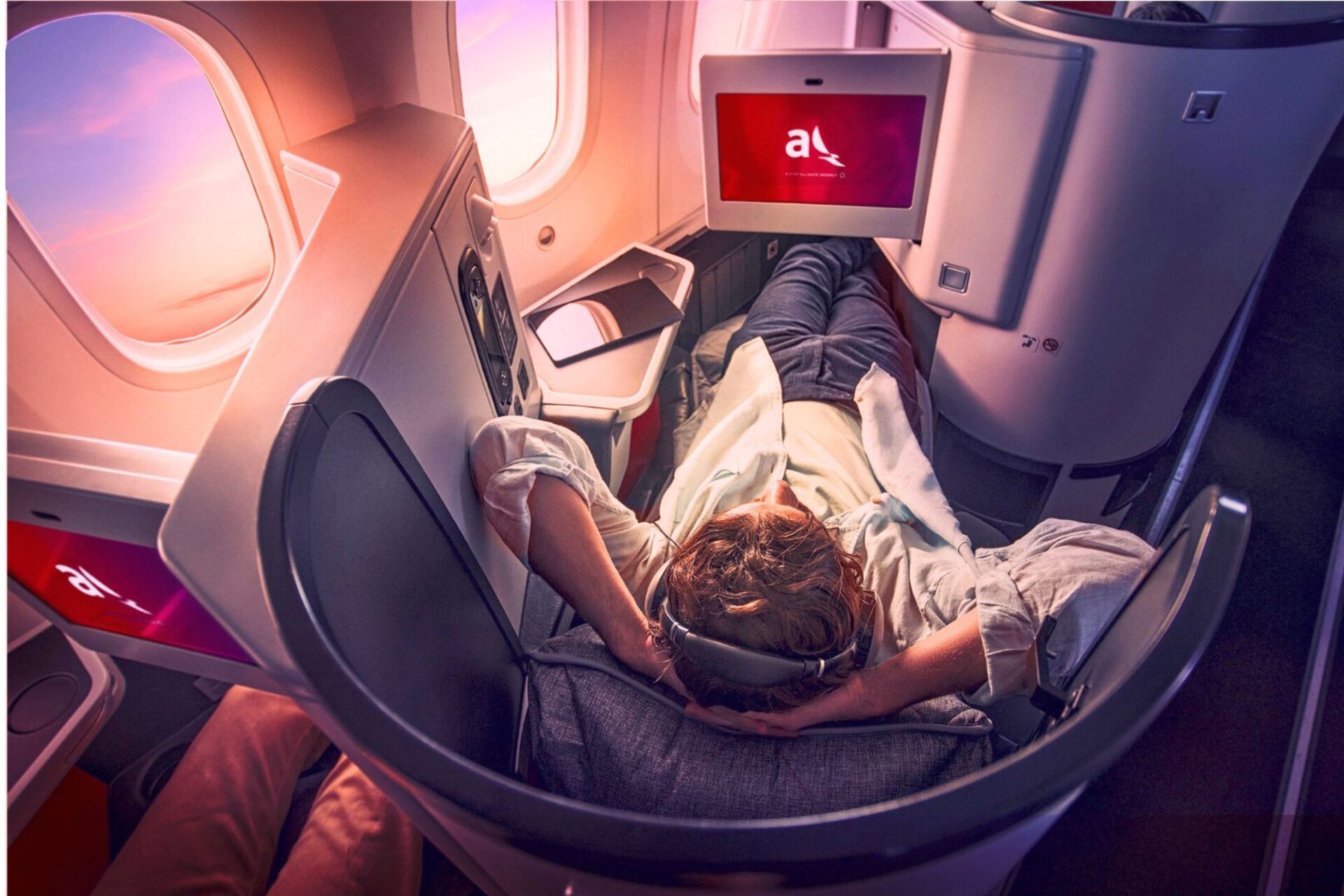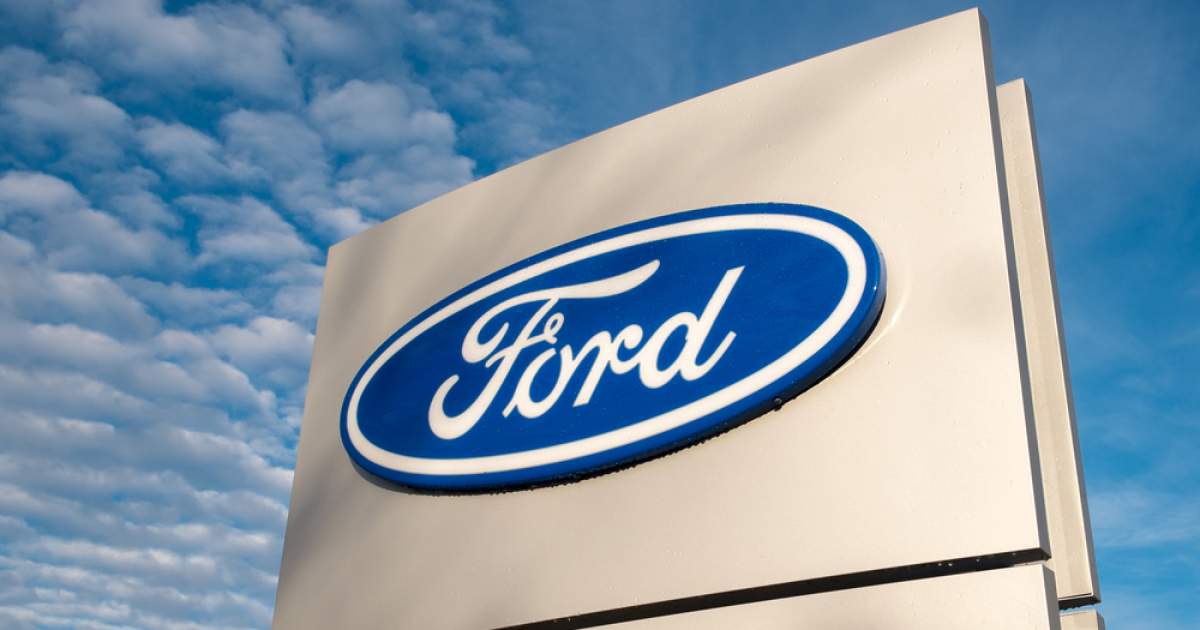World
D-Day squadron of World War II planes re-creates ‘Blue Spruce’ route to Europe

“That’s All Brother” was a lead aircraft in the Normandy invasion on June 6, 1944. The plane led a formation of 800 other C-47 aircraft that dropped 13,000 U.S. paratroopers on D-Day. The restored plane has been described as a “flying museum.” (DC-3 Society)
WASHINGTON — World War II aircraft that moved troops and cargo across the North Atlantic to Europe are being retooled, fueled and readied to make the same journey the aircraft did 80 years ago for a commemorative flight to pay tribute to the D-Day invasion.
Those C-47s could only carry about 30 people so when we say they transported troops it must not have been many. Guys sent overseas were mostly sent by ship.
Plans are for five vintage C-47 military transport airplanes that make up the D-Day Squadron Legacy Tour to depart Saturday — weather permitting — from the Oxford-Waterbury Airport in Connecticut and follow the historic “Blue Spruce” path that military aircraft flew in World War II, according to the DC-3 Society, a community of volunteer pilots and aviation enthusiasts organizing the event.
“[I’m going] on behalf of the guys who did not return from the battlefield,” said Max Gurney, a 103-year-old Army veteran from California who served under Gen. George Patton in World War II and is making the journey to attend D-Day air shows in Normandy, France, including flyovers and parachute drops by the D-Day squadron.
Though Gurney will not fly aboard any of the restored aircraft that are being flown to Europe for the celebrations, he and 60 other World War II veterans will watch the D-Day squadron from the ground. They will join thousands of other visitors expected for 80th anniversary ceremonies marking the D-Day landings — the massive land, sea and air invasion of Normandy that led to the liberation of France and was critical to ending the war.
The C-47 planes were viewed by many as heroes in their own right for transporting troops, dropping paratroopers and moving tons of supplies to strategic target sites and battlefields. Dwight D. Eisenhower, the supreme commander of the Allied forces in Europe during World War II who later became a two-term U.S. president, described the C-47 as key to winning the war.
“The C-47 was known to be one of the most vital pieces of equipment that helped win the war,” said Steve Lashley, director of U.S. media for the D-Day Squadron Legacy Tour.

“Ready 4 Duty,” a World War II-era transport plane, will participate in a transcontinental flight and D-Day air shows across Europe on the 80th anniversary of the D-Day invasion of France. (DC-3 Society)
The twin-engine planes will follow a northerly path known as the Blue Spruce route, stopping to refuel at points that include Goose Bay on the Labrador coast of Canada, Narsarsuaq in south Greenland, Reykjavik in Iceland, Prestwick in Scotland, and Duxford in England.
“The squadron will take six days, logging nearly 3,000 nautical miles on each aircraft and approximately 18 hours of flight time, to make this historic transatlantic crossing,” Lashley said.
The squadron will arrive in England during the last week in May, in advance of activities to commemorate the anniversary of the Normandy invasion by Allied forces on June 6, 1944. Dubbed Operation Overlord, the aerial assault was the largest use of airborne troops up to that time.
For the transcontinental flight, Eric Zipkin will pilot a C-47 named “Placid Lassie,” which was built in 1943. Zipkin is co-founder of the Tunison Foundation, which owns and operates Placid Lassie and other vintage military aircraft.
Zipkin, who serves as director of operations for the D-Day squadron, said he hopes the flight will raise awareness about the role of the aircraft in campaigns across Europe.
“We won the war because of our logistical abilities,” he said.
The flight will highlight the contributions made to the war effort by the unglamorous planes — dubbed “gooney birds” by American GIs, according to Zipkin and other organizers.
Placid Lassie transported troops, dropped paratroopers on Normandy beaches and towed gliders with troops that were released to fly silently behind enemy lines.
The military developed C-47s during World War II using Douglas DC-3 commercial planes as the model. The aircraft were designed to move manpower and materials, according to the DC-3 Society.
“Each plane had an assigned location in the formation and would get a chalk number written on the side to make loading simpler,” according to the DC-3 Society, which provides a complete schedule of the 2024 journey and events on the D-Day Squadron Legacy Tour website.
The flight schedule for the D-Day squadron is subject to change depending on the weather and needs for aircraft maintenance.
In addition to Placid Lassie, other vintage C-47 planes making the North Atlantic crossing include “That’s All Brother,” a lead aircraft in the D-Day invasion, “Ready 4 Duty” from the Commemorative Air Force, Dallas-Fort Worth Wing, and the “Spirit of Douglas” and “Western Airlines.”
“This will be our first flight mission with the squadron, a great salute to the Greatest Generation who came before us,” said Chris Volpe, a wing leader with the Commemorative Air Force, a nonprofit that owns “Ready 4 Duty,” which the Navy flew from 1944-1946 to transport wounded soldiers and drop supplies.

“We are prepared for any action,” said Max Gurney, a 103-year-old Army veteran from California who served under Gen. George Patton in World War II and is making the journey to attend air shows and other events in Normandy, France, marking the 80th anniversary of D-Day. (Tim McCully, retired Navy captain)
Gurney and the group of World War II veterans going to the D-Day event in France are scheduled to take a commercial honor flight to Normandy accompanied by a medical team and chaperones.
Gurney, who served as a technical sergeant in cryptographic and signal intelligence, said he joined the military at age 20, with deployments to North Africa and Europe. He enlisted after the Dec. 7, 1941, bombing of Pearl Harbor in Hawaii by Japan and served through the end of the war in 1945.
“This will likely be the last D-Day event I attend,” said Gurney, who previously traveled to Normandy for the 50th anniversary celebration. “At my age, I don’t expect to be returning. This tribute is even more significant to me.”
The D-Day squadron is expected to arrive in England on May 25-26 and participate in a United Kingdom tour running through June 2.
Events scheduled include an aerial parade of vintage and modern military aircraft in Duxford, England, on June 1-2.
The D-Day squadron will have its base of operations in Cherbourg, France, from June 2-10. The city was the site of Allied airborne operations during World War II to capture roads and bridges to stop German forces from advancing to the beaches during the Normandy assault.
From June 3-9, the D-Day squadron will participate in air shows over Normandy.
After the 2024 D-Day events, the aircraft will fly to Germany on June 15-16 for ceremonies honoring the 75th Berlin airlift, when U.S. and British planes dropped supplies from June 1948-September 1949 to counter a blockade by the Soviet Union.
The squadron will touch down in Berlin, Germany, and the Wiesbaden Army Airfield.
U.S. Army Garrison Wiesbaden, together with the German state of Hesse, will host an all-day event commemorating the Berlin Airlift on June 16 at Clay Kaserne Airfield.
The planes then travel to Venice, Italy, on June 22-23 before coming back to the U.S., where they are scheduled to arrive in Presque Isle, Maine, on June 27-28, before returning to their home bases.










